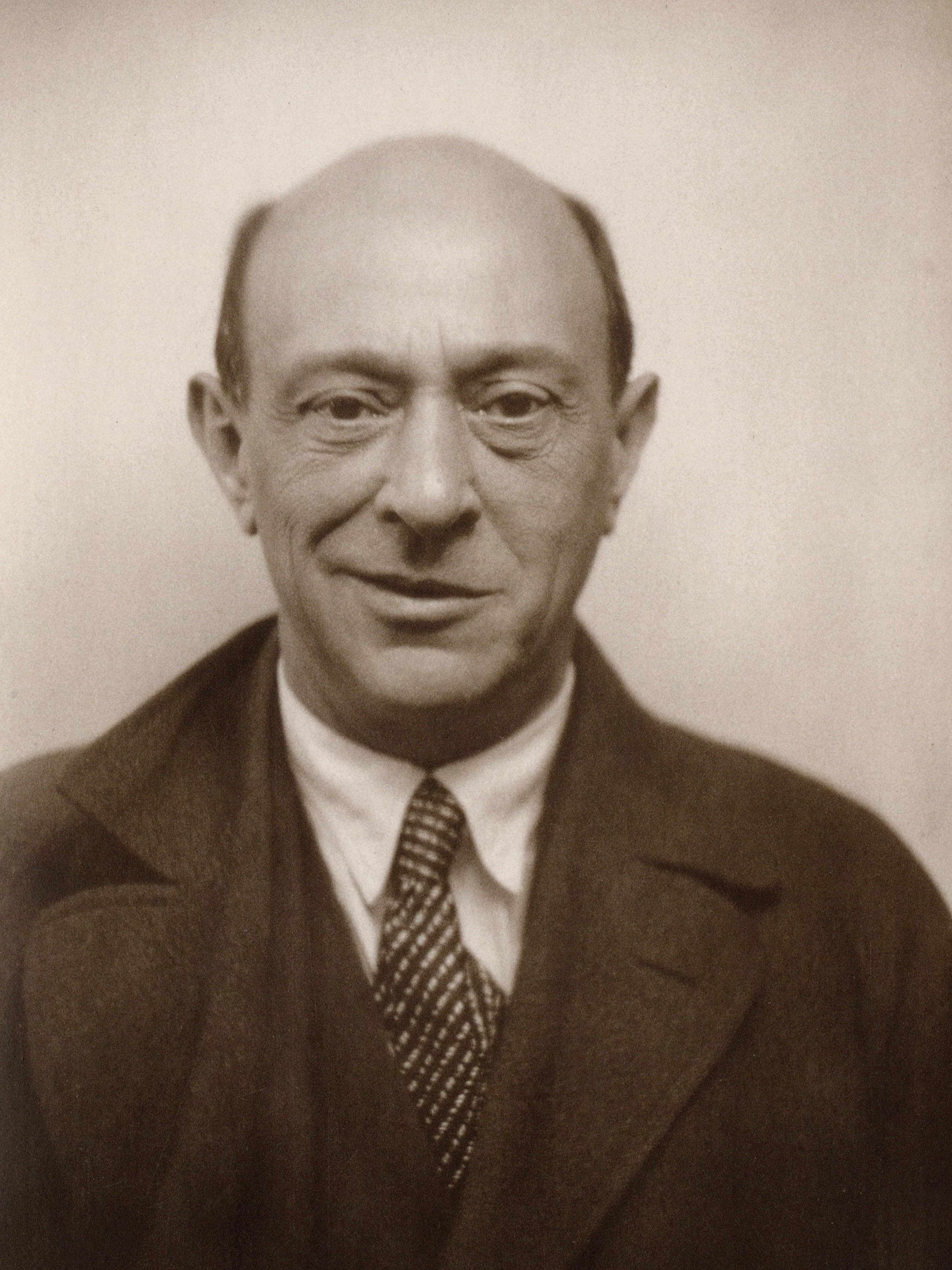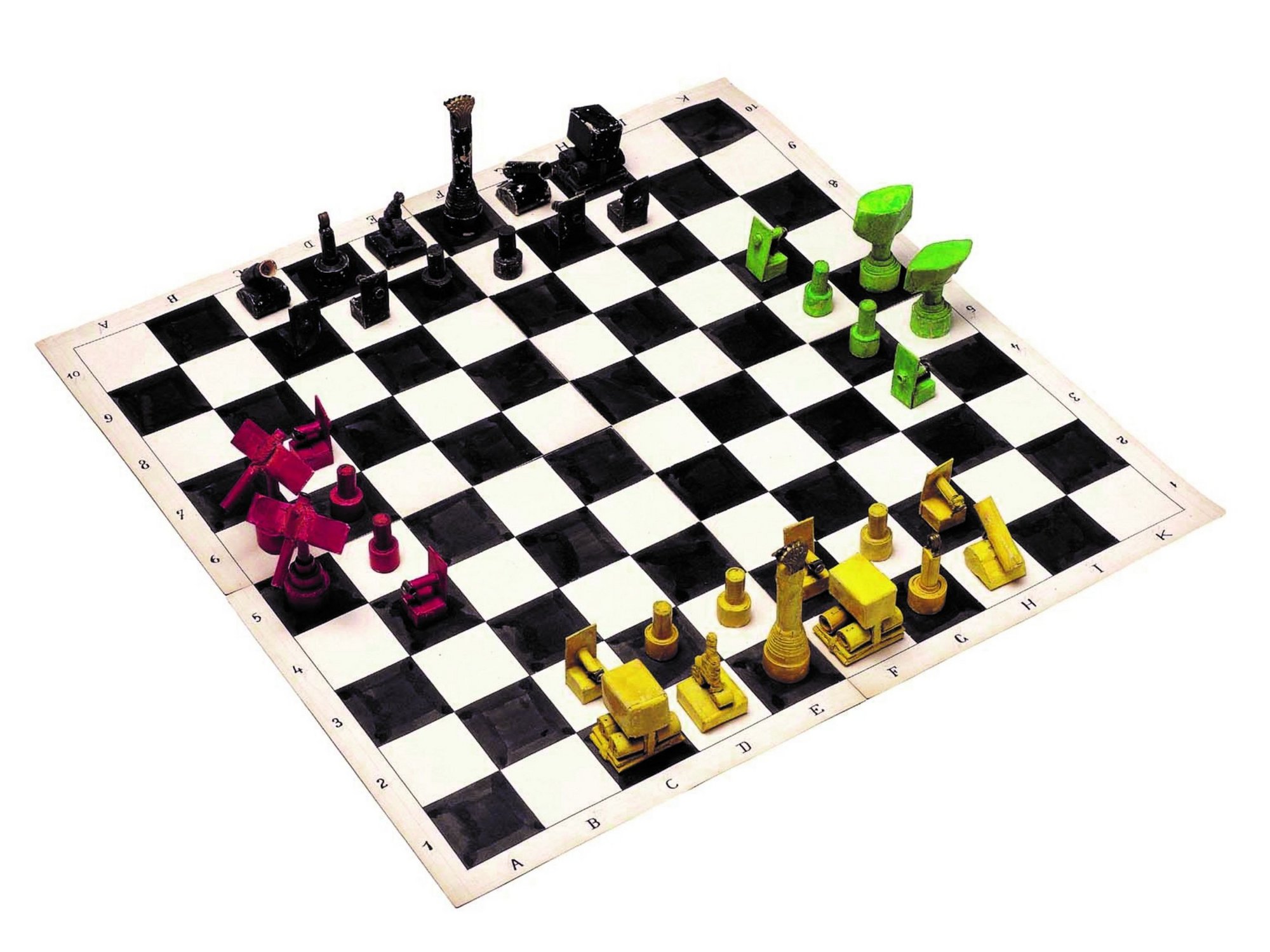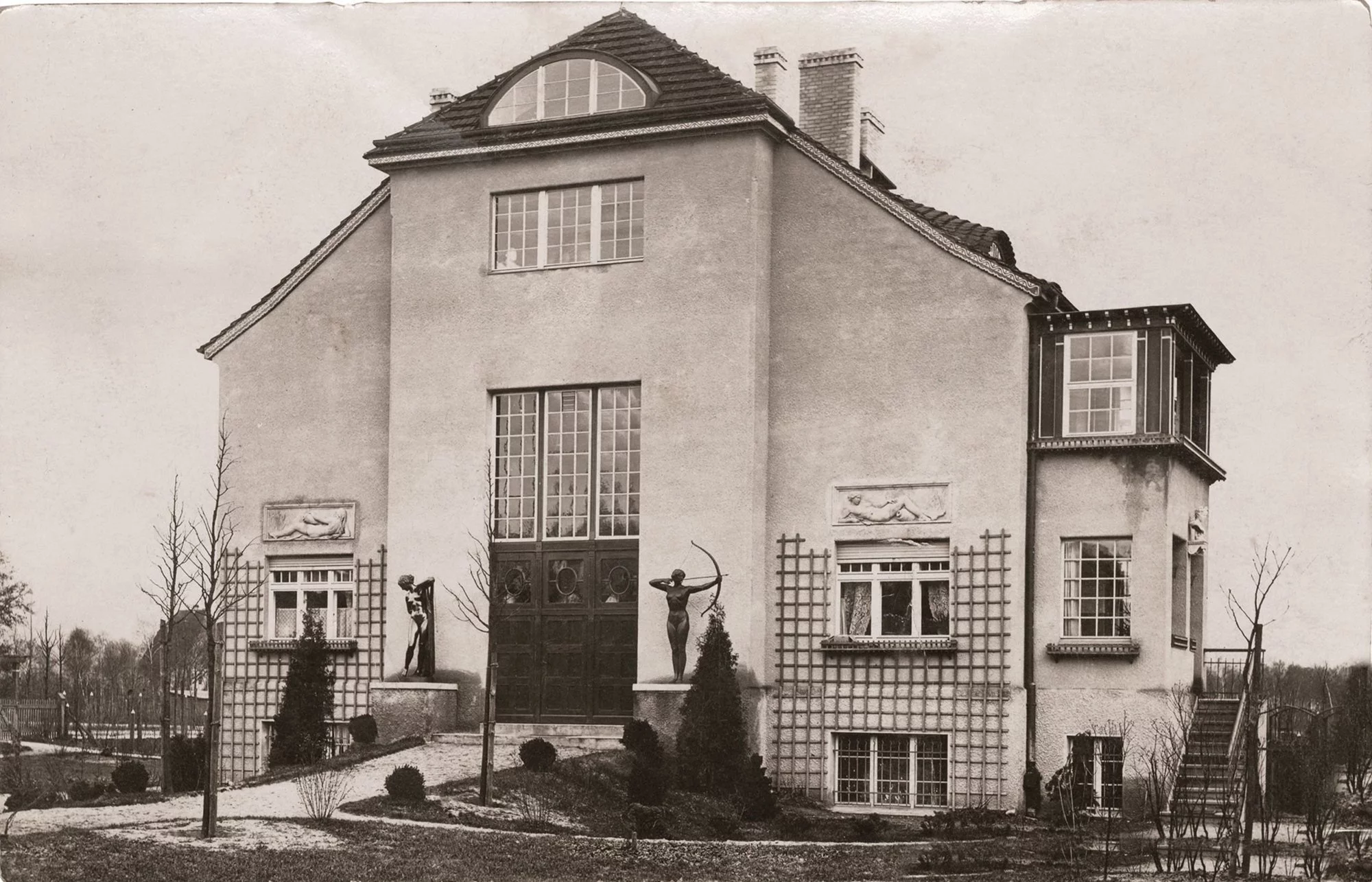
Arnold Schoenberg, one of the most important composers of the 20th century, left behind a legacy of innovative works. His pioneering method of composition “with twelve tones related only to one another” revolutionised western compositional techniques. In addition to his work as a composer, Schoenberg was also a painter, an inventor and a theoretician who dealt with music, politics and current affairs in his writings.
As part of our focus on Schoenberg during this season, we invite you to an exhibition in the foyer of the Philharmonie exploring the artistic and private aspects of Schoenberg’s life and his lesser-known facets.
The inventor
Schoenberg was someone who could not leave things as they were. He tirelessly intervened to put things to rights whenever he saw a need for improvement, not only in music but in every possible field. For example, he invented a tennis notation system, a library chair, a typewriter for musical notation and a chess game for four players.

The painter
Arnold Schoenberg’s artistic oeuvre includes portraits, landscapes and visions dealing with human insight and perspective. “I never was very capable of expressing my feelings or emotions in words. I don’t know whether this is why I chose music and painting. Or the other way around: since I chose these forms of expression, I could really live without having to use words.”
Schoenberg was an autodidact. His paintings impressed contemporaries such as Oskar Kokoschka, Franz Marc and Wassily Kandinsky, who made him a member of the “Blaue Reiter” (Blue Rider) group.

Berlin Moments
In September of 1911 Arnold Schoenberg moved with his family into an apartment in the former studio of the sculptor Ferdinand Lepcke in Zehlendorf, where they lived until May 1913. During this time, the composer worked on the final drafts of Gurre-Lieder, Herzgewächse op. 20 and Pierrot lunaire op. 21.
On 1 October 1925, Schoenberg was invited to take charge of the masterclass in composition at the Prussian Academy of the Arts. At the time he lived at the Pension Bavaria in Charlottenburg. In March of 1928, the family moved to Nussbaumallee in the Berlin neighbourhood of Westend.

Visit our Schoenberg exhibition
When: 26 January to 6 June 2024
Where: Foyer of the Philharmonie Berlin
Opening Hours: The exhibition is open during the box office opening hours and during the concert for ticket holders.
In cooperation with the Arnold Schönberg Center
